Defence at the Boundary of Acceptable Performance



Andrew Hatch
@hatchman76

|
Broaden your perspective on internal and external forces that create risk |

|
Get greater value from post-mortems and ask better questions |

|
Identify where the margins for error exist and how to reinforce them |

|
Despite being approximations... models can indeed be useful! |

Jens Rasmussen
Human Factors and Safety Science



Socio-Technical Systems
- Hierarchical
- Multi-disciplinary
Systems Thinking
















Strongest, highly predictable under pressure

Authoritative power

Ruthless








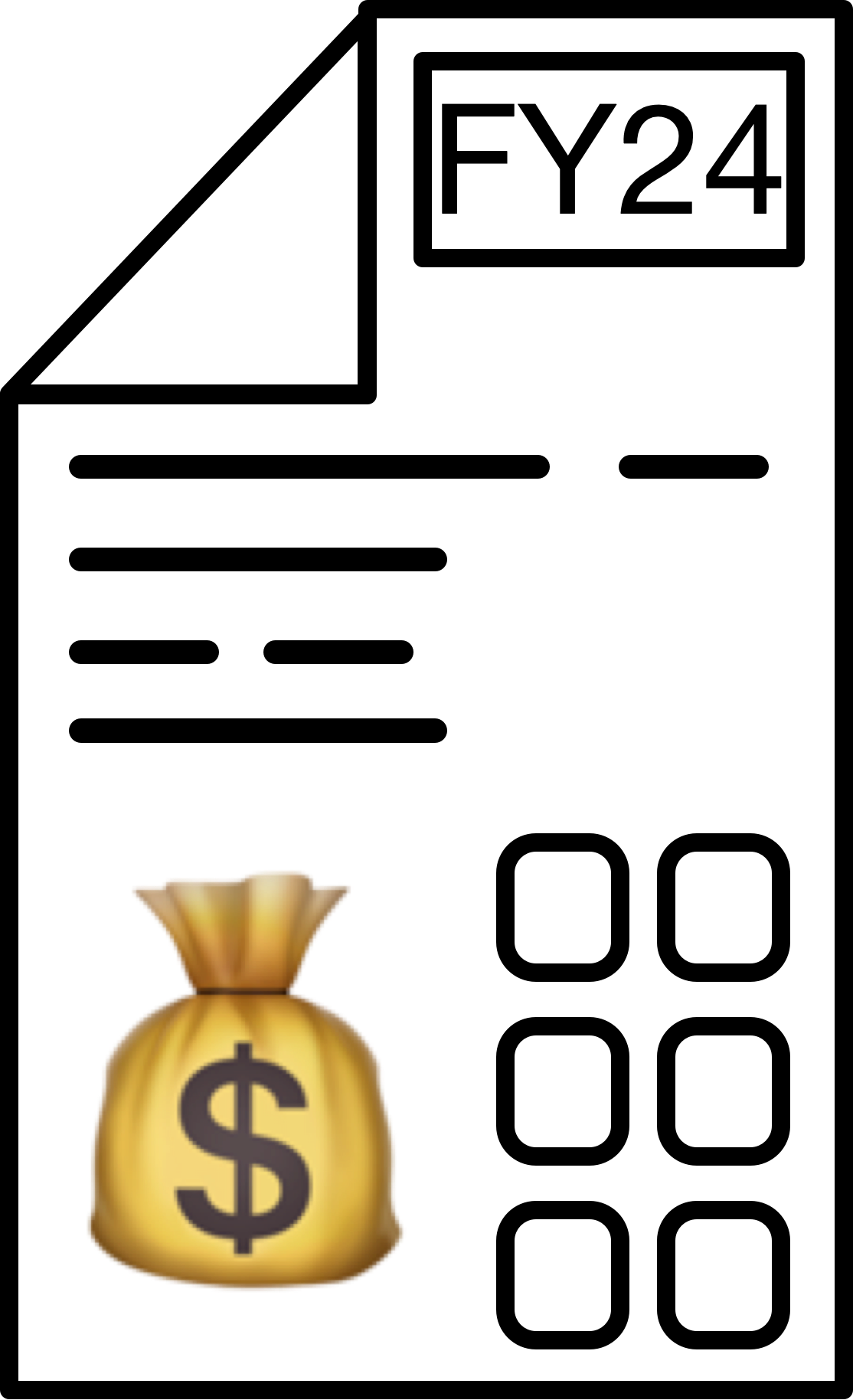








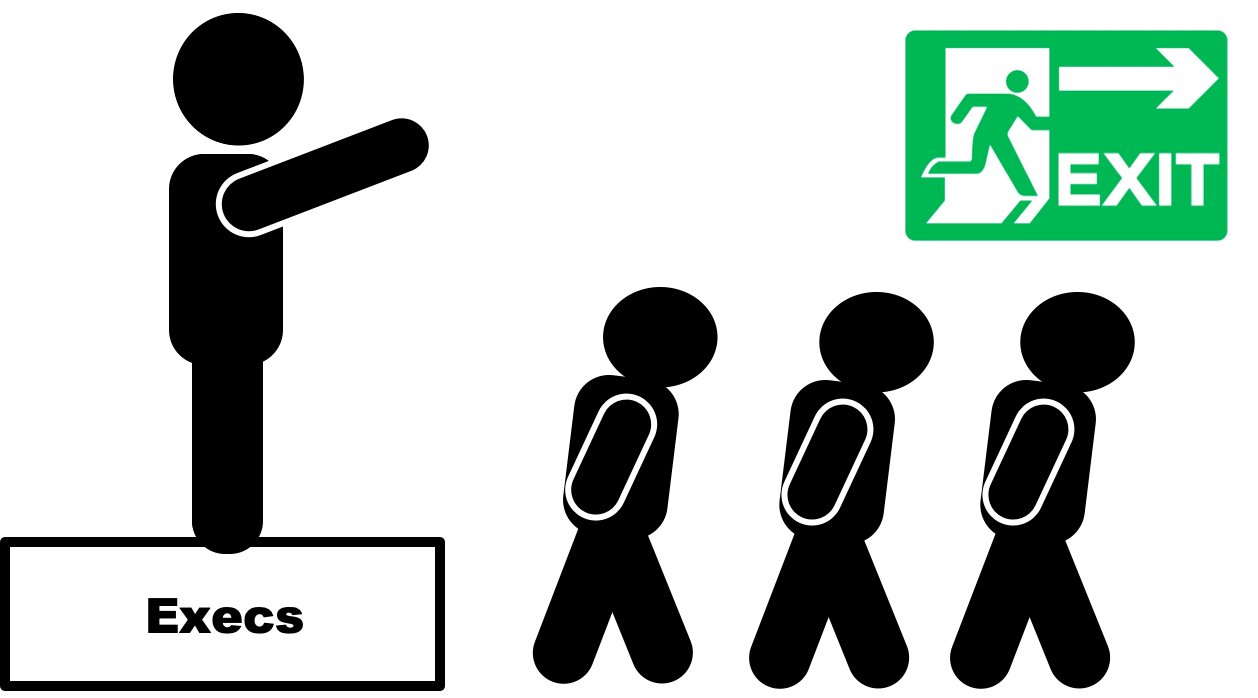



|
Brain drain |
 
|
Burnout, toxicity |

|
New connections & |
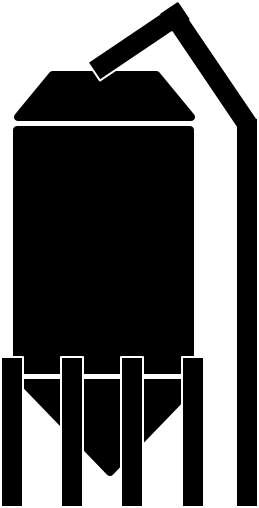 
|
Silos and politics |

|
Performance |

|
Attrition increases, |

|
Human performance & delivery velocity |

|
Work management |

|
Morale and employee engagement |

|
Career progression |

Regulatory and Compliance, mostly


Performance Barrier

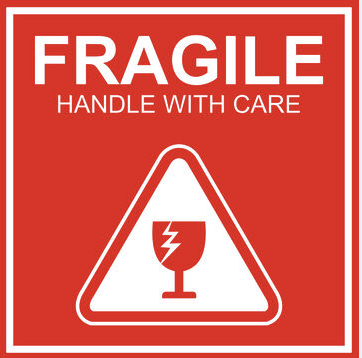

Economic Barrier


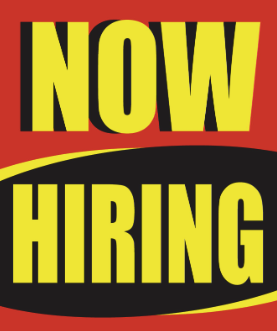




|
Constant reactiveness |

|
Hiring demands, budget pressures |

|
De-prioritization |

|
Revenue implications |

|
The weakest barrier, pushback may require extreme measures |

|
Operations and resiliecy efforts are the last line of defence |

|
Boundary visibility and awareness becomes difficult as complexity grows |

|
Defence-in-depth strategies to maintain the error margin are crucial |

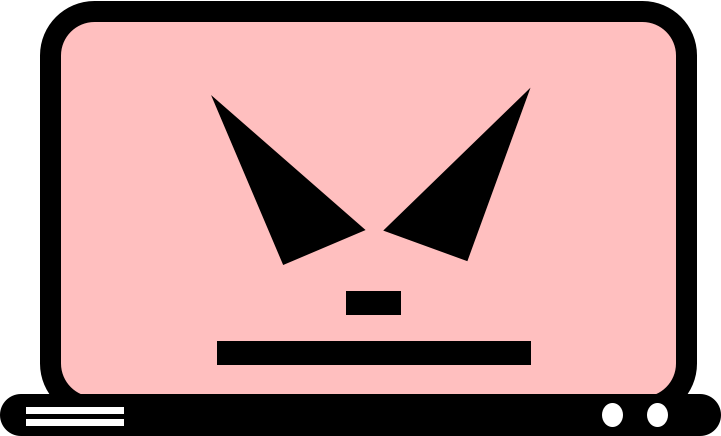




Acts as a "virtual boundary" i.e. if we cross it, bad things start happening
Never static. Can drift undetected a.k.a "Normalization of Deviance"
Major deviations can be powerful forces against other boundaries i.e. we can harness how upset VPs get!




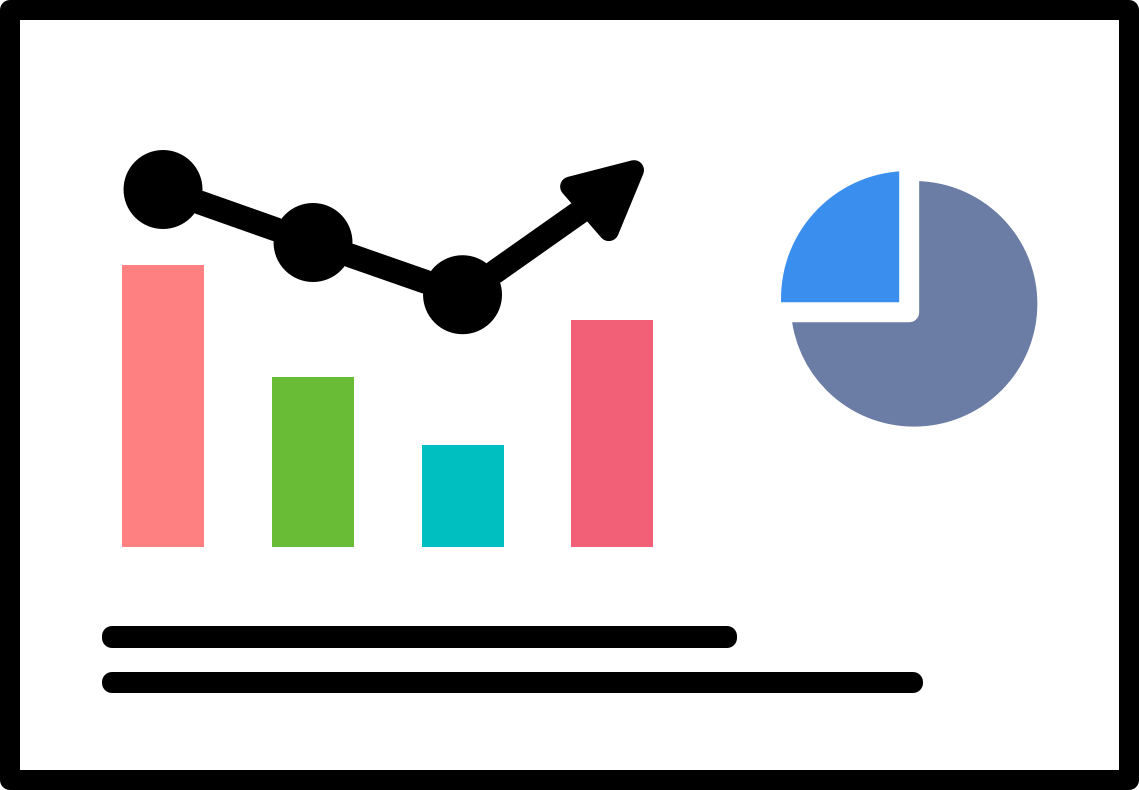







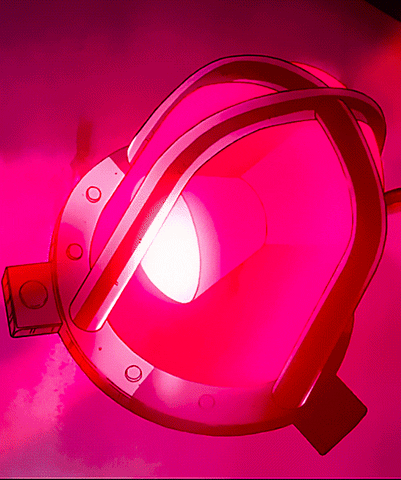





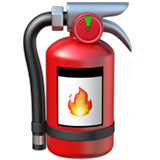
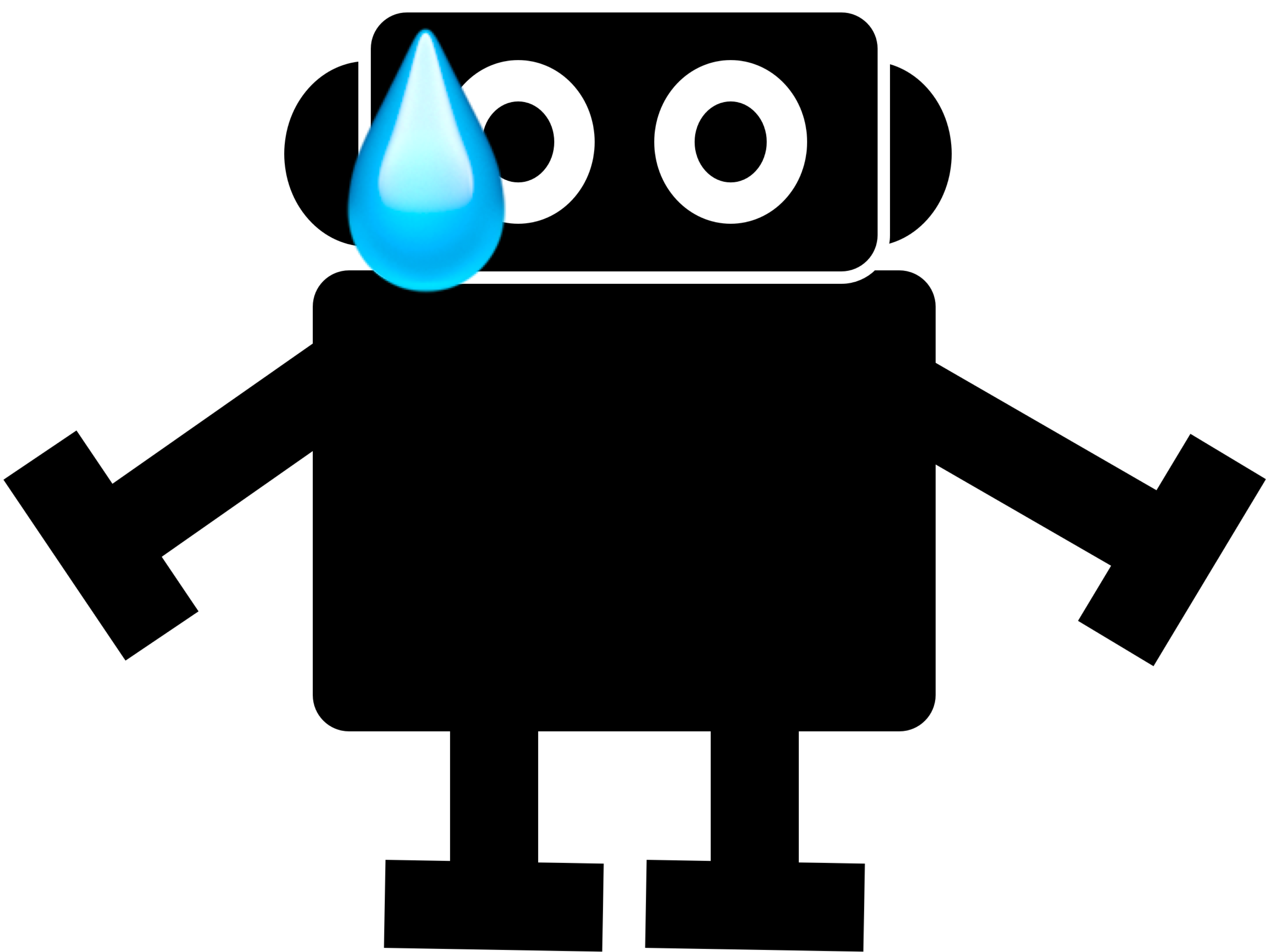

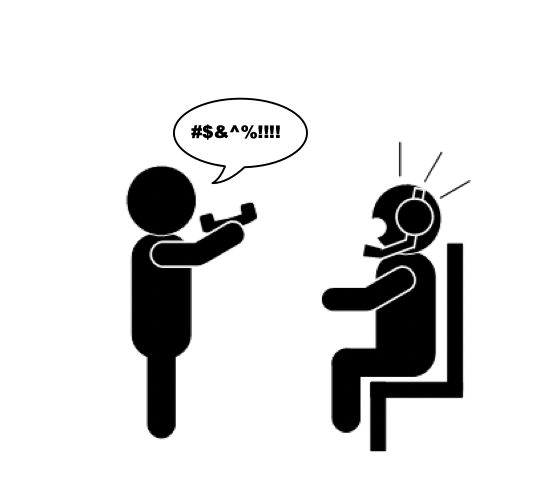


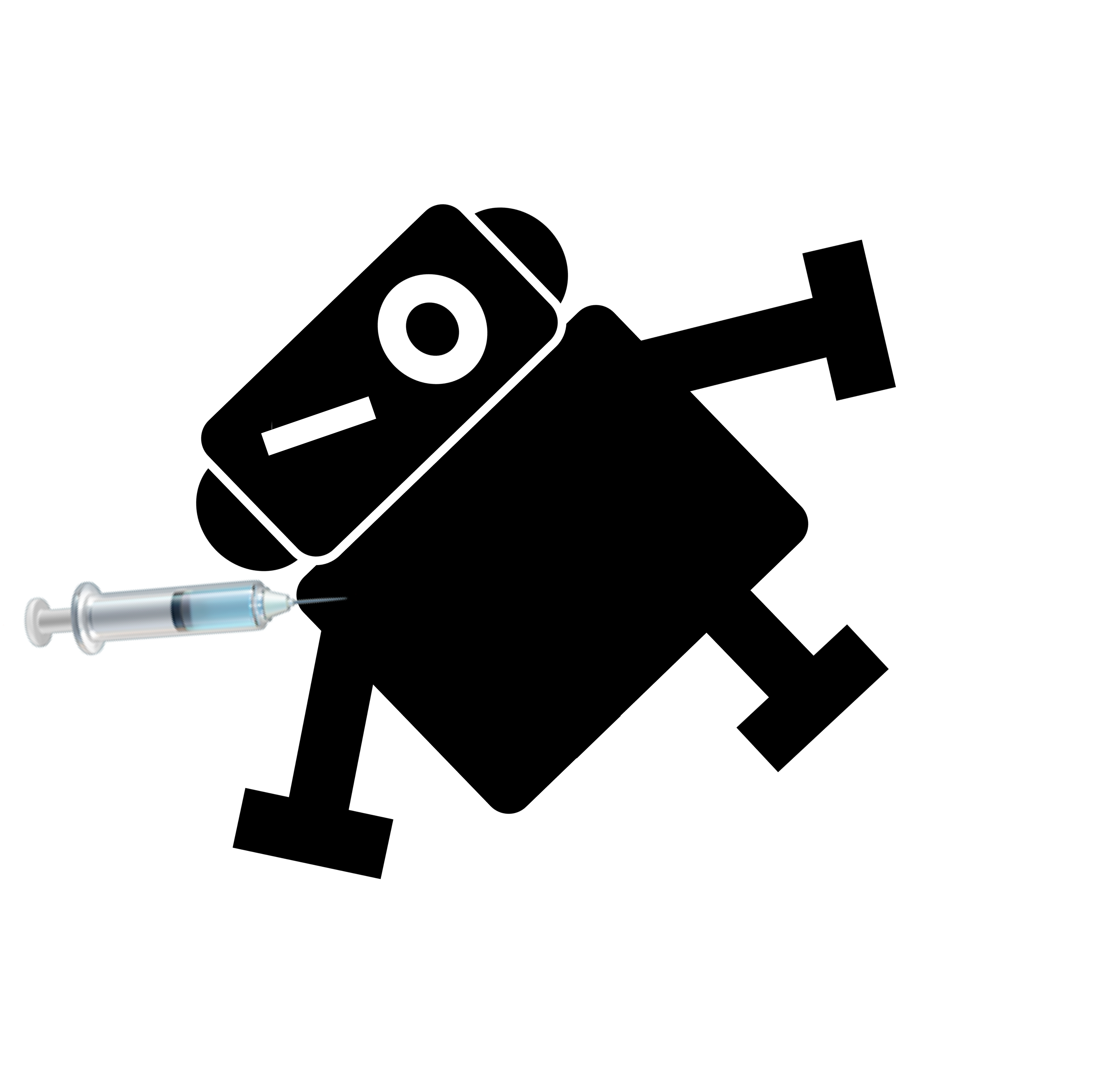


|
Collective local knowledge creates border awareness, but surprises will happen |

|
Reactive tuning needs prioritizing, but proactive anticipation needs budget and time |

|
Awareness and anticipation of economic and workload forces, and their implications, is critical for leaders |

|
Nothing is static, unanticipated changes create dynamic conditions causing the margin to drift |
Normalization of Deviance
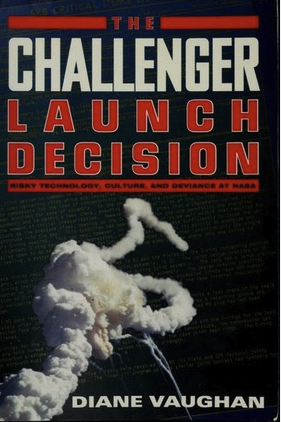
"...the process in which deviance from correct or proper behavior or rule becomes culturally normalized"
When the Error Margin starts drifting to the boundary
And it's hidden by rationalization/cover-up of systemic failures




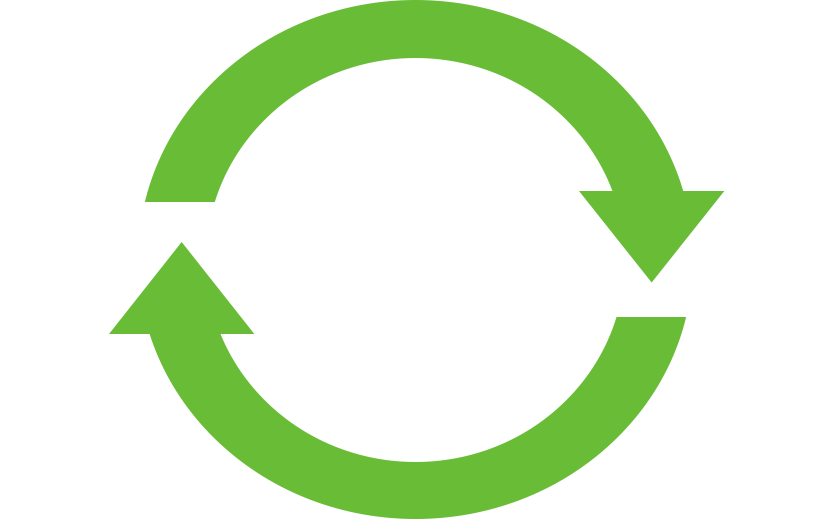
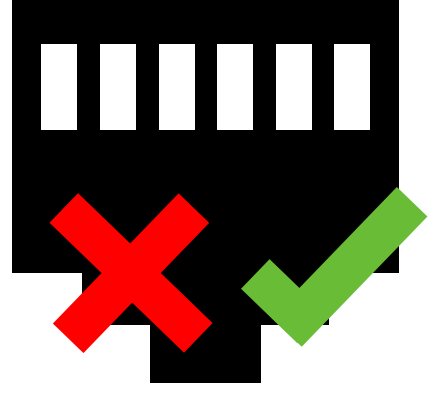
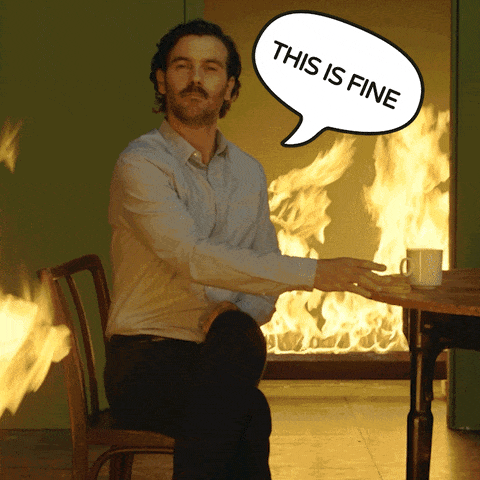









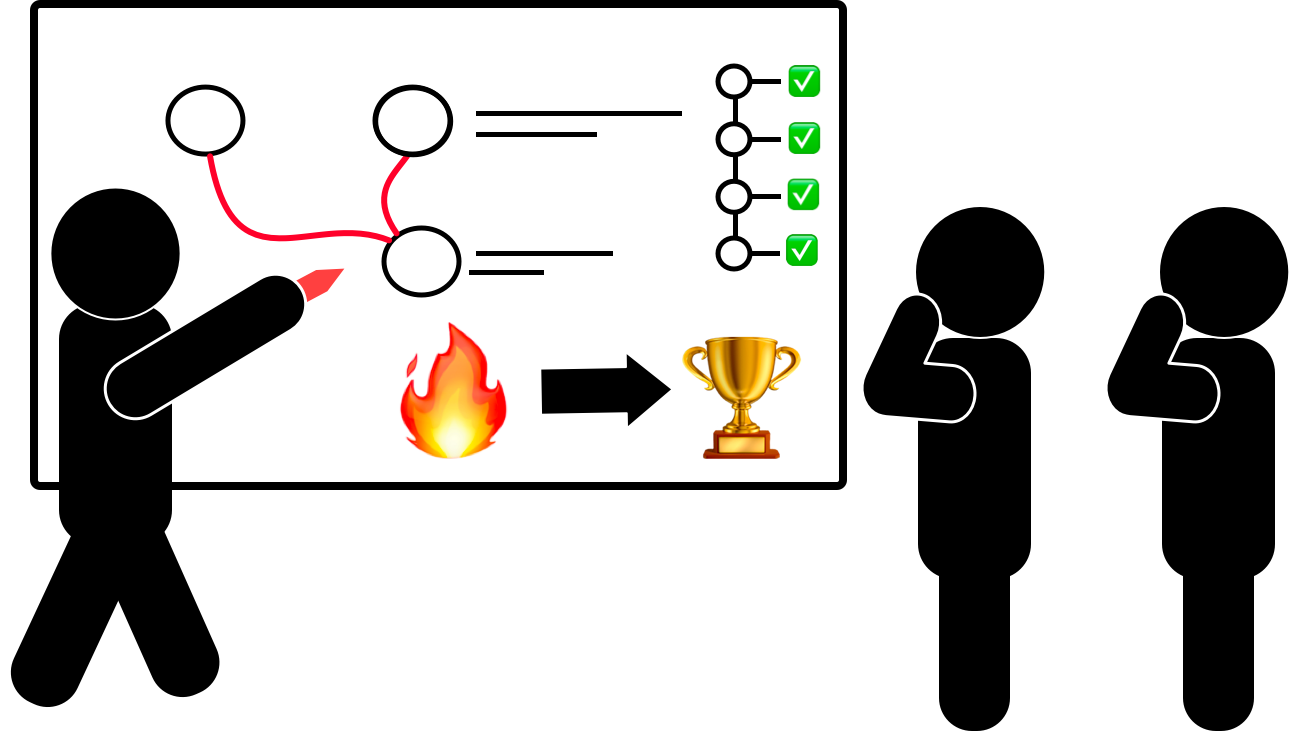


Open vs Closed Loop
Error Margin Tests
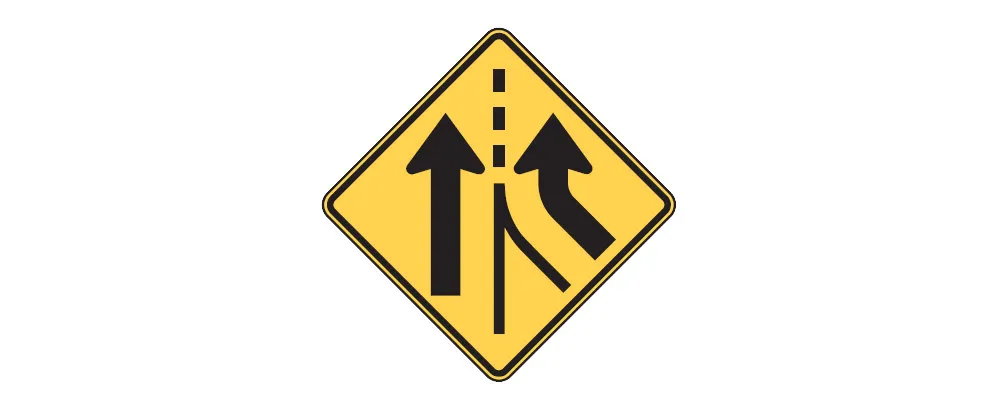
Organic
Synthetic Fault Injection
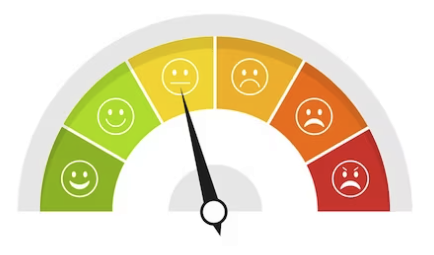






Deviance to Normal, steady-state behavior


Teachings

|
Actions in other parts of the system will always have unintended consequences. Your systems are complex. |

|
Identifying workload and economic affects on localized domains enriches context of implications |

|
Clear identification of error margins improves system health through better focus of adaptative actions. |

|
Reducing distractions through effective, proactive action removes wasted work - and you'll sleep better! |
Lessons

|
Avoid the root cause whack-a-mole game on the Performance Boundary. Look broader, consider all contributing factors. |

|
Vanity and rolled up metrics can trap you in reactive cycles. Close feedback loops! |

|
Drastic economic actions can be necessary. But affects can be long-lasting, even permanent |

|
Morale and engagement are critical to success, keep crossing that boundary and performance will regress |
References
Risk Management in a
Dynamic Society - J.Rasmussen
Thinking in Systems -
D.Meadows
The Challenger
Lauch Decision - D.Vaughn
Critiques on Root Cause
D.Woods, R.Cook, E.Hollnagel, S.Dekker
Normal
Accidents - C.Perrow
Learning More from Complex Systems
- A.Hatch
Thank you!
https://srecon24.hatchman76.com

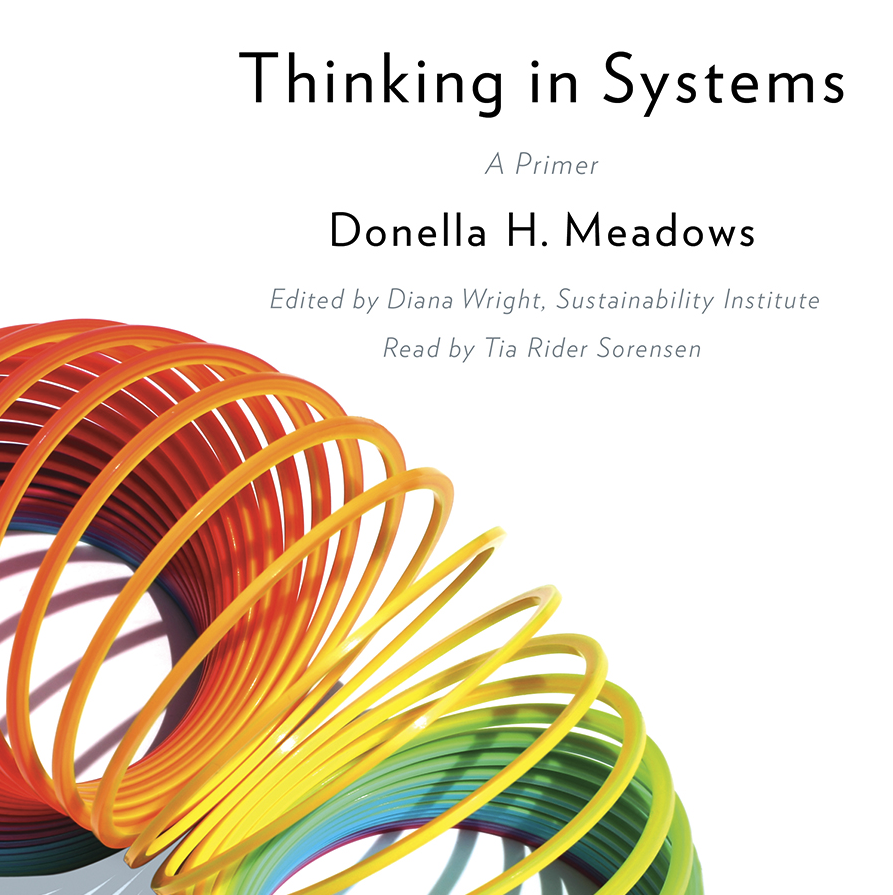






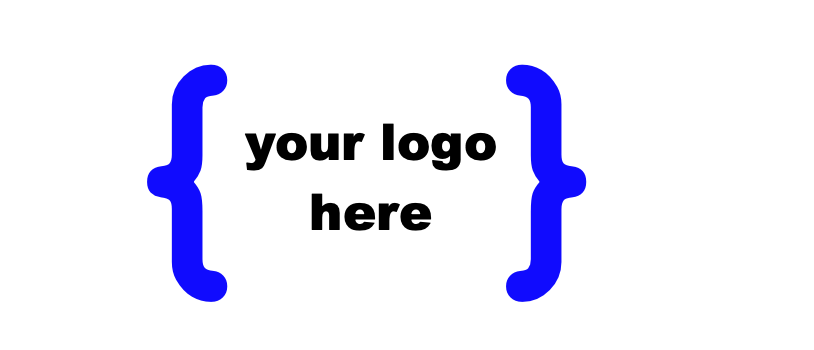
Socio Technical Systems
...in organizational development (Socio Technical Systems) is an approach to complex organizational work design that recognizes the interaction between people and technology in workplaces.